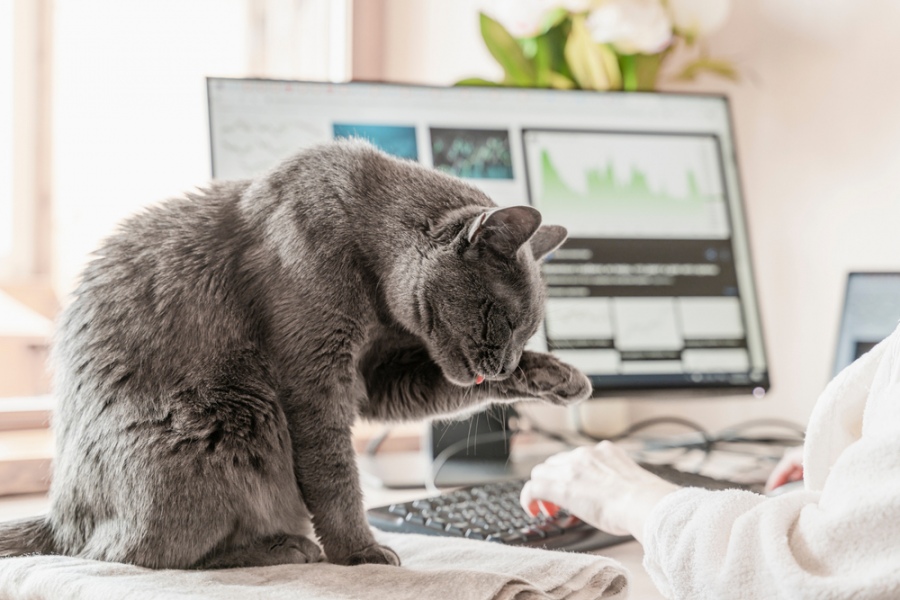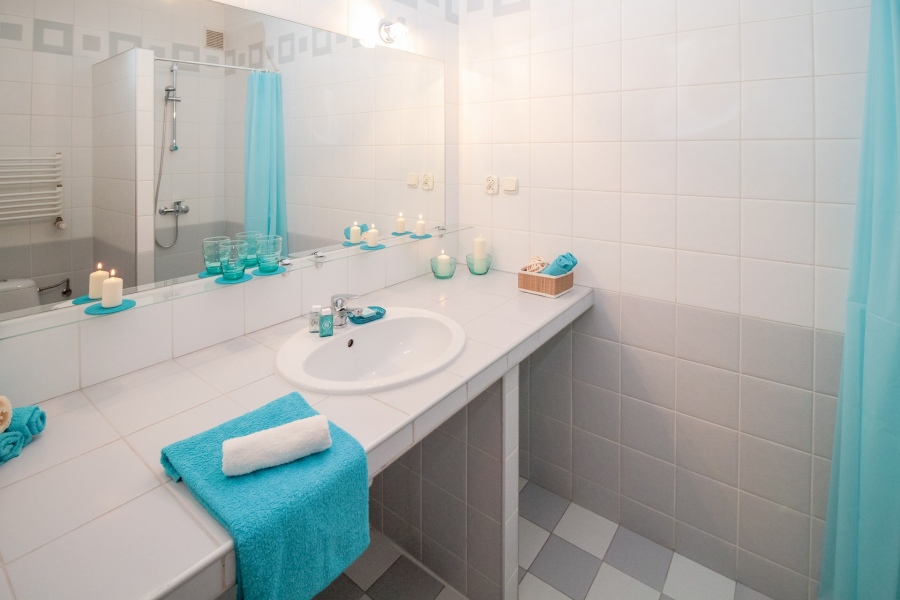When you bring a cat home for the first time, whether it’s a kitten or an adult, you need to make sure it’s safe! There are all sorts of things in your house and garden that could prove dangerous to cats, and if you don’t want to be reporting to the vet that your cat keeps throwing up – or worse! – you’ll need to do some work first to cat-proof your home.
A Cat Room
A new cat needs somewhere safe to adjust to life in its new home – cats take time to settle and can be very nervous if they don’t have somewhere they feel is safe to retreat to. If you have a spare room, try to convert it into a cat room for a few weeks, providing a litter tray, cushions, blankets and a bed. Many cats like to climb and rest in high places, so try to make sure there are different levels for them to explore. Ask for some blankets or other material from the home the cat is coming from so there will be familiar scents to calm them.
If, like many, you can’t turn over a whole room to your cat’s comfort, try to at least provide a corner of a room where your cat can retreat to. It’s important to make sure they can rest undisturbed by adults, other pets or children, so may need to use a baby gate to enforce this!
In the Kitchen
There are lots of common foods and products in the kitchen that could be dangerous to a curious cat. From cleaning products, to chocolate, garlic and onions, to raisins, there are lots of different potential dangers to be aware of.
Keep all chemical cleaners, and toxic foods in closed cupboards – consider also sealing them inside tupperware where practical, and fitting childsafe locks as if there’s a way for your cat to open up a cupboard, you can be sure they’ll find it!
In the Garden
There are lots of plants in the garden that can prove dangerous to cats, from grass seeds that can get caught in the nose, ears or even eyes, causing discomfort and infections, to popular flowers like lilies and daffodils. It’s rare for cats to eat plants, but they can pick up dangerous doses of lily pollen simply by grooming after brushing against a flower.
Do a survey of your garden and look for dangerous plants: if you don’t want to get rid of them altogether, try moving them to a part of the garden your cat doesn’t have access to, like a greenhouse you can close. Make your garden a safe place for cats and they can explore, patrol and hunt safely!




